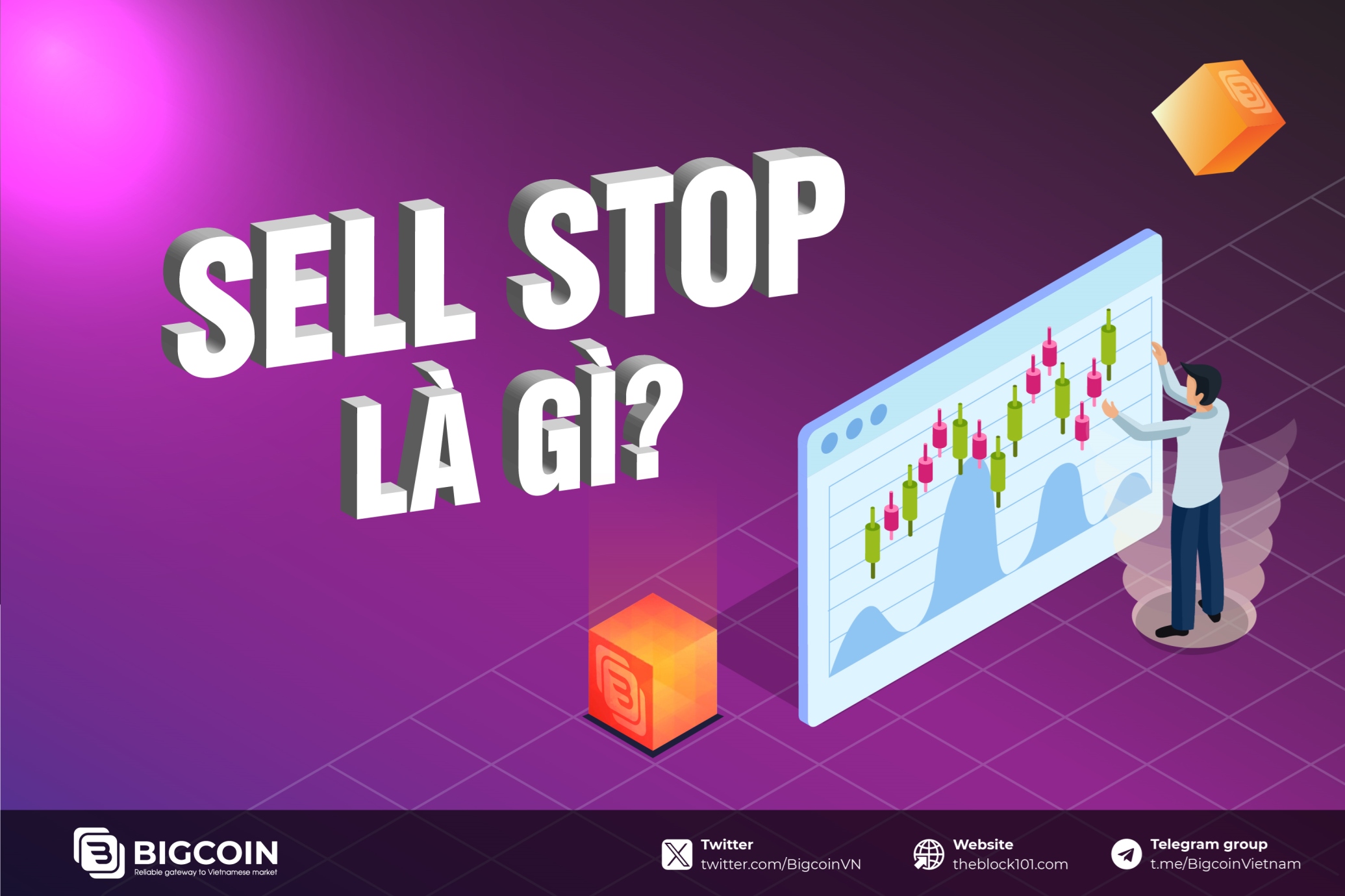1. Understanding Market Capitalization
1.1. What is Market cap?
Market Capitalization, often abbreviated as "Market Cap," is a fundamental concept in the realm of finance and investment. It serves as a crucial metric for gauging the size and overall value of a company or, in the context of cryptocurrencies, an entire digital asset.
1.2. Categorizing Projects by Market Cap
To better understand the significance of Market Cap, let's categorize projects into three main tiers:
- High-Cap: These are the industry giants, often referred to as "blue-chips" in the crypto world. They have a market capitalization of tens of billions of dollars or more. Bitcoin (BTC) and Ethereum (ETH) are prime examples, having established themselves as industry leaders over the years.
- Mid-Cap: Mid-cap projects occupy a middle ground, with market caps typically ranging from 100 million to 1 billion USD. These projects demonstrate promising growth potential and have often solidified their position in the market. Examples include Aave (AAVE) and Algorand (ALGO).
- Low-Cap: At the opposite end of the spectrum, low-cap projects have market caps below 100 million USD. These are often newer projects still in their development phase and carry a higher degree of risk. However, they also present opportunities for significant gains.
1.3. The Various Market Cap Tiers
To further refine our understanding, let's explore the different market cap tiers:
- Large-cap: With a market capitalization exceeding 10 billion USD, large-cap assets are generally considered more stable and less risky.
- Mid-cap: Mid-cap assets, valued between 2 billion and 10 billion USD, offer a balance between growth potential and risk.
- Small-cap: Small-cap assets, with a market cap below 2 billion USD, are more volatile but also present higher growth opportunities.
- Micro-cap: These are the riskiest assets, with market caps typically under 300 million USD. While they offer the potential for massive returns, they are also highly susceptible to market fluctuations.
1.4. Calculating Market Cap: A Simple Example
To illustrate how Market Cap is calculated, let's consider Bitcoin:
- Price of Bitcoin: $30,000
- Total circulating supply: 18,700,000 BTC
- Market Cap of Bitcoin: $30,000 * 18,700,000 = $561,000,000,000
This calculation reveals that the total value of all Bitcoin in circulation is approximately 561 billion USD.
2. Why Market Capitalization Matters: A Deep Dive
Market Capitalization, often referred to as "Market Cap," is a cornerstone metric in the cryptocurrency landscape. It serves as a powerful tool for gauging the size, significance, and potential of a cryptocurrency or the entire market.
Measuring the Scale and Value of the Cryptocurrency Market
Market Cap provides a snapshot of a cryptocurrency's or the entire market's overall value. By understanding this metric, investors and market participants can gain insights into the relative importance and growth trajectory of a specific digital asset.
Assessing a Project's Standing and Influence
A higher Market Cap often correlates with a cryptocurrency's credibility and influence within the broader crypto community. This is because a larger market cap typically signifies a robust and established project that has garnered significant investor confidence. Furthermore, a substantial Market Cap can provide a project with the financial resources necessary to attract top talent, forge strategic partnerships, and expand its user base.
Indicating Trends and Growth Potential
Market Cap fluctuations can offer valuable clues about market sentiment and future growth prospects. A rising Market Cap often indicates growing investor interest and belief in a project's long-term viability. Conversely, a declining Market Cap may signal waning confidence or diminished future potential. However, it's important to note that Market Cap is just one piece of the puzzle. A comprehensive analysis should also consider fundamental factors, technological advancements, and broader market conditions.
While Market Cap is a valuable tool, it's crucial to remember that it should be used in conjunction with other analytical frameworks. A well-rounded investment strategy involves a comprehensive assessment of a cryptocurrency's underlying technology, team, community, and market dynamics.
3. How to Calculate Market Capitalization
Market Capitalization, or Market Cap, is a fundamental metric in the cryptocurrency market that measures the total value of a cryptocurrency. To calculate Market Cap, you need two key pieces of information:
- Current Price: This is the price at which a cryptocurrency is currently trading on the market.
- Circulating Supply: This refers to the total number of coins or tokens that are currently in circulation and available for trading.
The formula for calculating Market Cap is:
Market Cap = Current Price x Circulating Supply
A Practical Example
Let's use Bitcoin as an example. As of 8:45 PM on July 19, 2023, according to Coinmarketcap, Bitcoin was trading at $30,026.32 with a circulating supply of 19,433,675 BTC.
To calculate Bitcoin's Market Cap at that time, we would perform the following calculation:
- $30,026.32 x 19,433,675 = $583,521,673,586*
Therefore, Bitcoin's Market Cap at that specific moment was approximately $583.5 billion.
Comparing Cryptocurrencies with Market Cap
Market Cap is a useful tool for comparing different cryptocurrencies and assessing their relative size and significance within the market. By comparing the Market Caps of various cryptocurrencies, you can gauge their market value and popularity.
For instance, if Arbitrum has a Market Cap of $1,650,396,892 and Optimism has a Market Cap of $1,053,000,361, we can infer that Arbitrum is generally considered to have a larger market capitalization and is therefore perceived as more valuable than Optimism.
However, it's important to note that while Market Cap is a valuable metric, it should not be the sole determinant of a cryptocurrency's investment potential. Other factors, such as technology, team, community, and competitive landscape, should also be carefully considered when making investment decisions.
4. Factors Affecting Market Capitalization
Market Capitalization, a fundamental metric in the cryptocurrency market, is influenced by a variety of factors. Understanding these factors is crucial for investors seeking to make informed decisions.
4.1. Price and Circulating Supply
The price of a cryptocurrency directly impacts its Market Cap. When the price increases, so does the Market Cap, and vice versa. However, it's important to note that Market Cap is not a true reflection of a cryptocurrency's intrinsic value but rather a market-driven valuation based on its current price and circulating supply.
4.2. Liquidity and Exchange Listings
A cryptocurrency's liquidity, or how easily it can be bought and sold, and its availability on various exchanges significantly influence its Market Cap. Cryptocurrencies with high liquidity and numerous exchange listings tend to have larger Market Caps. This is because high liquidity and widespread availability attract more investors, leading to increased demand and potential price appreciation.
4.3. Market Sentiment and Investor Behavior
Market sentiment and investor behavior play a pivotal role in determining Market Cap. During bullish market conditions, when investor confidence is high, Market Caps tend to rise as more capital flows into the cryptocurrency market. Conversely, during bearish market conditions or periods of market uncertainty, Market Caps may decline as investors become risk-averse and sell their holdings.
5. Market Cap: Not the Entire Picture
While Market Capitalization is a valuable metric, it's essential to recognize its limitations and the potential risks associated with relying solely on this metric.
5.1. Reliability and Standardization Issues
One of the primary challenges with Market Cap is the reliability and standardization of the underlying data. Information regarding the price and circulating supply of a cryptocurrency can fluctuate rapidly. As a result, Market Cap is often an estimate and may not accurately reflect the true value of a digital asset.
5.2. Influence of "Whales"
When a small number of individuals or entities hold a significant portion of a cryptocurrency's supply, their trading activities can have a disproportionate impact on the market price and, consequently, the Market Cap. These large holders, often referred to as "whales," can manipulate the market through coordinated buying or selling, leading to artificial price movements.
5.3. Rapid Growth and Volatility
The cryptocurrency market is characterized by rapid growth and high volatility. During periods of intense price fluctuations, Market Cap can change dramatically and may not provide an accurate representation of a cryptocurrency's underlying value.
While Market Cap is a useful tool for assessing the relative size and significance of different cryptocurrencies, it should not be the sole factor considered when making investment decisions. Investors should conduct thorough due diligence, including analyzing fundamental factors, technical indicators, and market sentiment, to form a more comprehensive understanding of a cryptocurrency's value proposition.
Tuyệt vời! Dưới đây là bản dịch tiếng Anh của phần FAQ về Market Cap, được viết theo phong cách đầu tư, chuyên nghiệp và dễ hiểu:
6. FAQs
Q1: What happens if a cryptocurrency's Market Cap reaches zero?
If a cryptocurrency's Market Cap were to decline to zero, it would have severe implications:
- Loss of Value: A zero Market Cap signifies that the cryptocurrency has no inherent market value. Investors would likely lose all their investments.
- Loss of Liquidity: With no market value, trading activity would cease, resulting in a complete loss of liquidity.
- Project Failure: A zero Market Cap often indicates the failure of the underlying project, potentially leading to the collapse of the entire ecosystem.
- Loss of Market Confidence: Such an event would erode investor confidence in the cryptocurrency market as a whole.
Q2: How does Market Cap differ from Fully Diluted Valuation (FDV)?
While both Market Cap and FDV are used to assess the value of a cryptocurrency, they differ in their scope:
Market Capitalization: This reflects the current market value based on the circulating supply and the current market price
Fully Diluted Valuation: This represents the maximum potential market value if all tokens, including those that may be issued in the future, were in circulation.
In essence, Market Cap focuses on the current market situation, while FDV considers the maximum potential valuation.
Q3: Does Market Cap reflect the true value of a company or cryptocurrency?
Market Cap is a market-driven valuation and does not necessarily reflect the intrinsic value of a company or cryptocurrency. Factors such as future earnings potential, technological advancements, and market sentiment also play significant roles in determining a company's or cryptocurrency's true value.
Q4: Why is Market Cap important?
Market Cap provides a snapshot of a company's or cryptocurrency's size and relative significance within its market. It helps investors:
- Assess Risk: Larger Market Caps often indicate more established projects with lower risk.
- Identify Growth Opportunities: Smaller Market Caps may represent higher growth potential but also come with greater risk
- Compare Assets: Market Cap allows investors to compare the relative size and value of different assets
Q5: How are Market Cap and price related?
Market Cap is directly proportional to both the price of a cryptocurrency and its circulating supply. An increase or decrease in price will result in a corresponding change in Market Cap. However, the number of circulating tokens also influences Market Cap.
7. Conclusion
In conclusion, while Market Cap is a valuable metric, it's essential to consider it in conjunction with other factors when making investment decisions. A comprehensive analysis should include an evaluation of the underlying technology, team, market sentiment, and competitive landscape.
Readmore

 English
English Tiếng Việt
Tiếng Việt
















